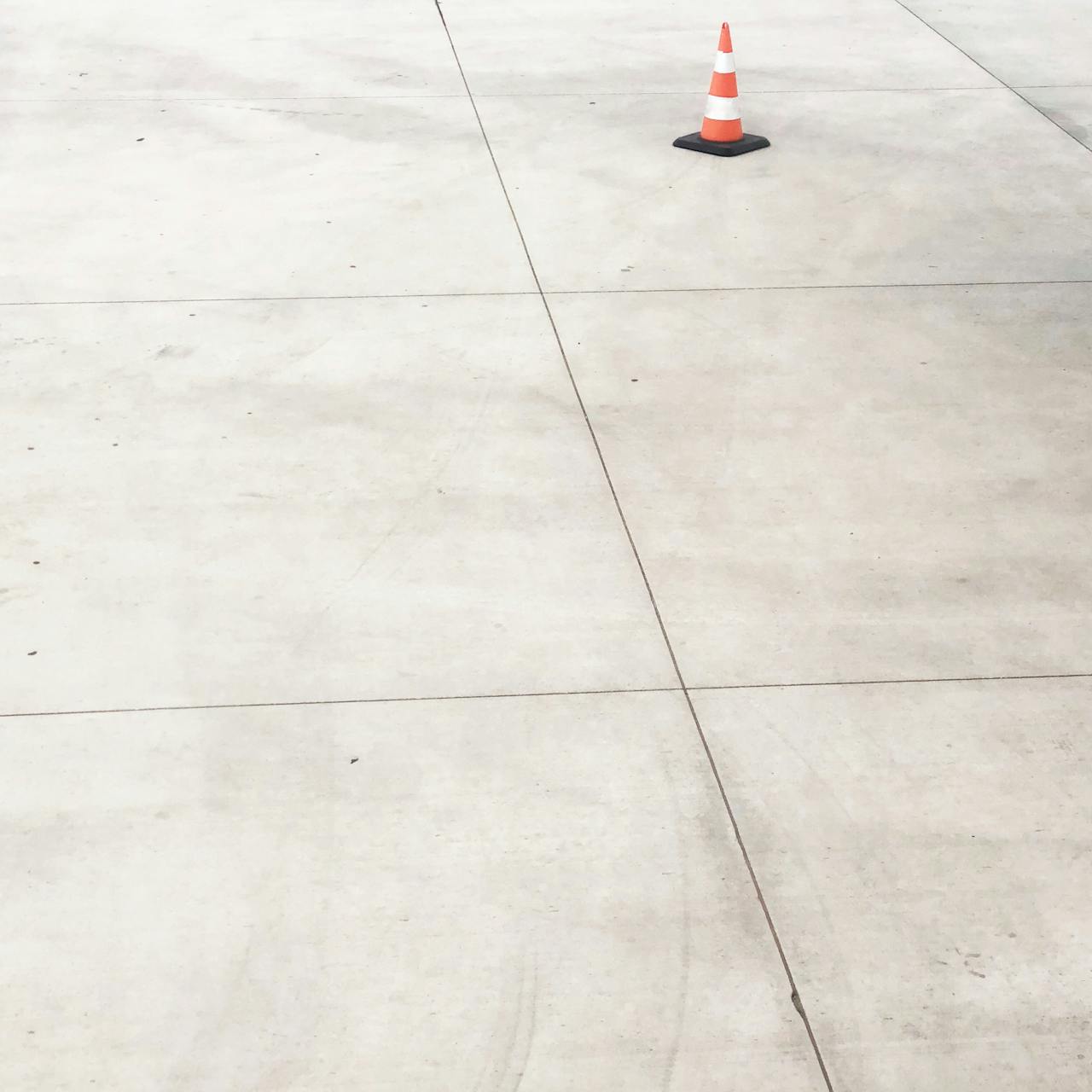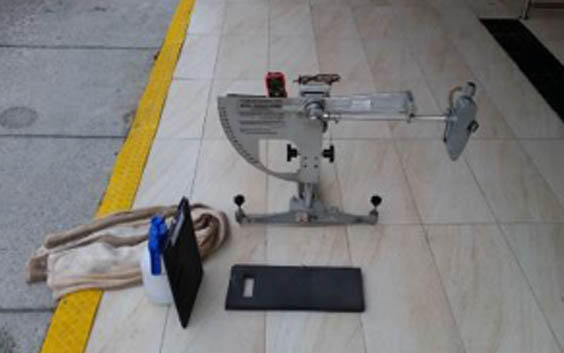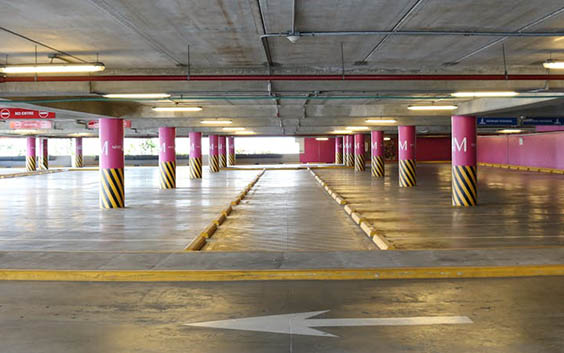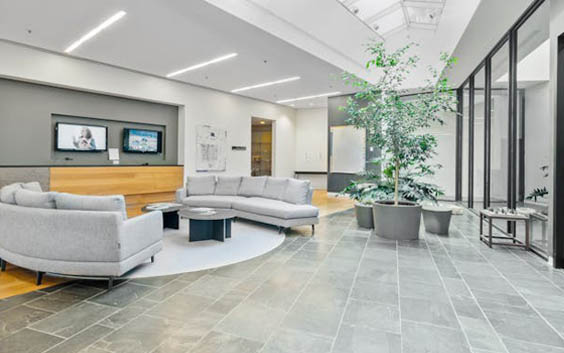Protect your customers and avoid costly legal claims.
As a business owner (PCBUs) you should be aware of your responsibility to improve safety and minimise risk to all stakeholders.
Understanding the slip resistance of your floor surface is the first step.
Did you know that one in five workers suffers an injury as a result of slip, trips or fall at work.
Slips occur when a person’s foot loses traction with the ground surface.
Caused through wearing inappropriate footwear or when walking on slippery floor surfaces such as those that are highly polished, wet or greasy.
The management of risk is an essential part of any audit program for a property and is the duty of care by the property owner, business owner or anyone involved within a business.
The WH&S legislation requires persons conducting a business or undertaking (PCBUs) and workers on managing risks to people’s health to be aware of their responsibility to improve safety of slips and trips and to minimise risk for all stakeholders within the business.
- Fewer slip related accidents at your property.
- Reduced absenteeism due to slips.
- Reduced risk of expensive court cases.
- Legal compliance.


Dry Area Slip Test
Those areas in which appropriate control measures ensure an area remains dry and clean when in use.
Transitional Area Slip Tests
Those areas that are intended to be kept dry such as by the provision of design features (awnings, drains, mats, air locks etc.) appropriate to the physical location, climate and general exposure to water, as maintained in a dry and clean condition by the facilities manager.
Wet Area Slip Test
Those areas that are not defined as a dry or transitional area, which may be either constantly or intermittently wet or otherwise contaminated.
We have listed below atypical approach for various floor treatment options that we are aware of.
What areas are covered in testing?
- Walkways – Internal & External
- Loading Docks
- Cool rooms
- Store rooms
- Pedestrian crossings
- Car parks
- Food Courts
- Communal changing rooms
- Steps & ramps – Internal & External
- Swimming Pool surrounds
- Amenities / Ensuites
- Foyer / Entrances
- Lift lobby’s
- Concourse areas
We have listed below a typical approach for various floor treatment options that we are aware of.
Cleaning Procedures
Review your cleaning regime(s) appropriateness to your type of property.
These would include coatings and similar type materials.
Floor Treatments
These would include all types of etchings, acid staining and similar type surface treatments available.
Floor Replacement
This could be the best option available. Seek expert advice for your type of property.
Considerations
There are other factors that may influence a slip incident. Some of these would include the persons condition & type of footwear they wear, a person’s gait and speed of movement, use of walking aids, illuminations levels of an area, use of mobile phones, lack of familiarity of the location, environmental conditions & the influence of alcohol.
Control measures e.g. use of appropriate warning signs, compliance with the National Construction Code, should be taken into account when considering the property & business risk profile.






